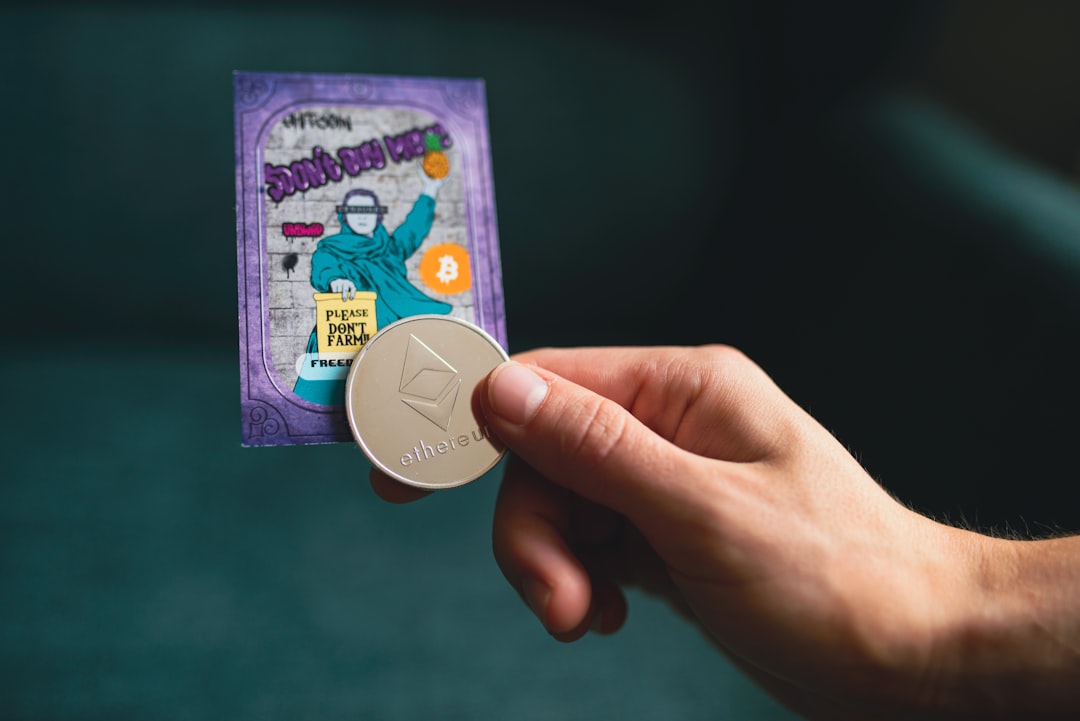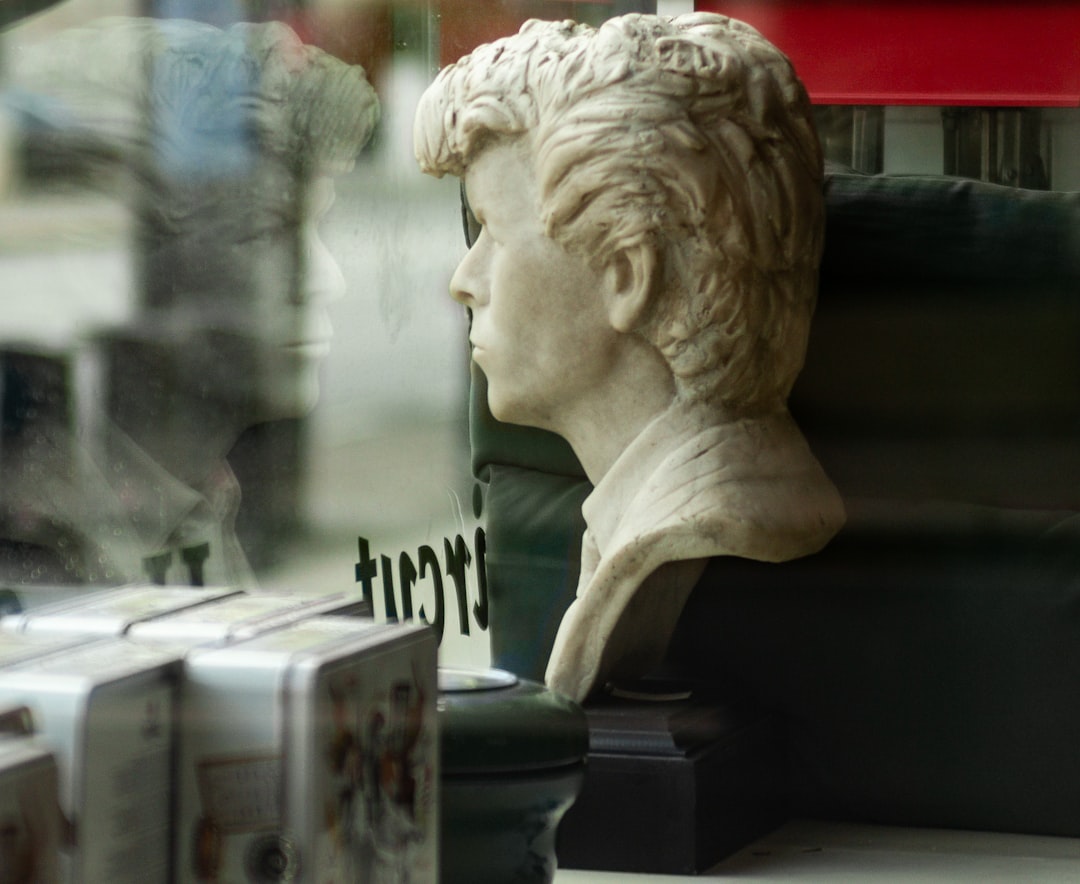Could Something As Dumb As Vertical Scrolling Save Spotify?
The new feature might mean more than Gen Z pandering

Earlier this week, Bloomberg reported that Spotify plans to unveil a new vertical swipe feature similar to TikTok’s interface to “unite the platform’s various verticals – music, podcasts, and audiobooks – in one place.”
The move to vertical follows Instagram Reels and YouTube Shorts in the quest to capture a Gen Z audience, which seems to imply that humans born after 1997 have a preferred range of motion in their opposable thumbs. But ergonomic aside, what makes this functionality truly distinct is the immediately-on content that can capture the attention of the user the moment the app loads, with zero decision-making required.
This is, ironically, a throwback to many pre-digital consumption habits. A time when the radio and MTV fed an endless sequence of music and ads to an audience that dropped in and out at will and largely listened/watched passively until something caught their attention. The difference is, instead of waiting for the DJ to identify the tune (or the corner credits to appear at the end of a video), users can now instantly jump to the full version of a partially listened-to song and (hopefully) delve deeper into the artist’s catalog from there.
In fact, you don’t even have to go back to the 90s to see the effectiveness of this type of passive-to-active funnel. Last year’s most notable needle drop, Kate Bush’s “Running Up That Hill” on Stranger Things, was a perfectly choreographed come-on for the classic song (complete with a Hounds Of Love cassette shot that reduced friction in finding the tune) and sent a new generation of viewers straight from Netflix to Spotify.
Millennials might fondly remember a time when shows like The OC regularly featured an end-credit CTA directing viewers to find full songs from the episode on iTunes. Imagine if those same viewers had been able to click directly to those songs instead of opening up their clamshell iBook.
This same era was marked by an equally effective series of iPod ads that helped launch the careers of quintessential aughts acts like Feist and Jet while also adding momentum to mid- and late-career acts like Coldplay, U2 and Bob Dylan. One could argue that the anticipation might have only been lukewarm for Daft Punk’s legendary performance at Coachella in 2006 had it not been for the prior year’s pop-locking iPod ad that transformed “Technologic” (from the middling Human After All album) into an anthem for the emerging age of the personal device.
So there is ample evidence that this proven snippet-to-song journey can create fans. This is why many in the music industry have been excitedly speculating that TikTok might launch its own DSP to allow for a frictionless transition from discovery (which pays nearly nothing) to a more monetizable song stream.
But TikTok could just as easily end up moving in the entirely opposite direction if its current experiment of removing major label music in Australia proves successful. This brings us to the second significant question: if music discovery is simply the byproduct of TikTok’s other pleasures, how will Spotify compete using a catalog of content with virtually zero visual appeal?
The Bloomberg article suggests that Spotify’s Canvas videos feature or the looping GIFs that already exist on certain music selections might lead the charge. But to create visual content for 100 million tracks at scale, Spotify will need help. We have little doubt that the company is already working on video generation as part of its AI stack.
We hope similar research is being done to help identify the most favorable part of a song to feature in a snippet. The past decade has forced artists into doing this work themselves by cramming a hook as close to the beginning of a song as possible. It’s nice to think that a new mode of discovery that can pull the hottest 10 seconds from any place in a song will diminish the need for this unfortunate trend.
As was mentioned at the beginning of this article, Spotify intends to use the vertical scroll to drive the consumption of music, podcast and audiobooks equally. Recent cost-cutting moves by the company seem to indicate that royalty-free audio storytelling hasn’t been the revenue boon that Daniel Ek predicted when Spotify started buying up podcasts several years ago. At the same time, there is growing sentiment that Spotify’s economic model is broken, even amongst the labels who have most profited from the current system.
Assuming that there is no way for Spotify to significantly increase its revenues, especially in a time described by some as the “great unsubscribe,” the current options for distributing the cash really is a zero-sum game. But here’s where we can get really speculative.
Imagine a future when the typical Spotify user spends part of their time scrolling the feed, for which Spotify has to pay out little or nothing for the music used in the clips. This could reduce the cost-per-minute-per-user on the app — something Spotify had hoped to do with podcasts.
So who wins besides Spotify? No matter what, Spotify is required to pay about 70 percent of its revenue to rightsholders. This has made some folks a lot of money. But it has also made the value of a Beyoncé stream the same as 30 seconds of white noise on a sleep playlist.
Some have proposed a two-tier system of royalties that pay more to music consumed actively (i.e. - sought out by users) versus passively popping up on a playlist. This, combined with the adoption of a user-centric royalty model that further directs funds to artists users are actually listening to while limiting the amount of money stream farming accounts can accumulate to how much they pay in, could end up directing a lot more revenue to the artists users actively want to hear.
It would be hard to make a good-faith argument against this rebalancing of the scale. Get it right, and Spotify might find some relief from demands it relinquishes more money from its largely unprofitable business model, while some musicians can get actual material relief in the form of funds flowing in their direction. We’d swipe right on that.
See an alleged screenshot of Spotify’s vertical scroll:
TAKEAWAYS
Salient statements from this week’s music news.
1. Can the Music Industry Band Together to Fight Scalpers?
Angry congressional hearings have made ticket prices front-page news. But a DOJ insider told music execs the problem might be exaggerated and pointed to existing legal action against bad players.
Takeaway: The situation may also not be as dire as Azoff and his compatriots want to make it seem. The concert business has been highly effective at delegitimizing the secondary ticketing industry and preventing sites like StubHub from gaining direct access to ticketing inventory.

2. Spotify is Testing Playlists That Could Be Unlocked by NFT Holders
Token gating features on dominant platforms could go a long way in helping artists fulfill the promise of exclusive access that has remained mostly a myth with NFTs.
Takeaway: This pilot indicates that Spotify might have tech ready to offer more content, including songs, albums or podcasts that could be token gated.

3. David Bowie’s Massive Archive Acquired by London’s Victoria & Albert Museum
Opening in 2025, the collection will raise the bar on artist archives while indicating the endless public appetite for select stars’ estates.
Takeaways: A £10 million ($12 million) donation from the Blavatnik Family Foundation and Warner Music Group—which oversees Bowie’s catalogue of songs—will help fund the Bowie Center and support the ongoing conversation and study of the archive.


